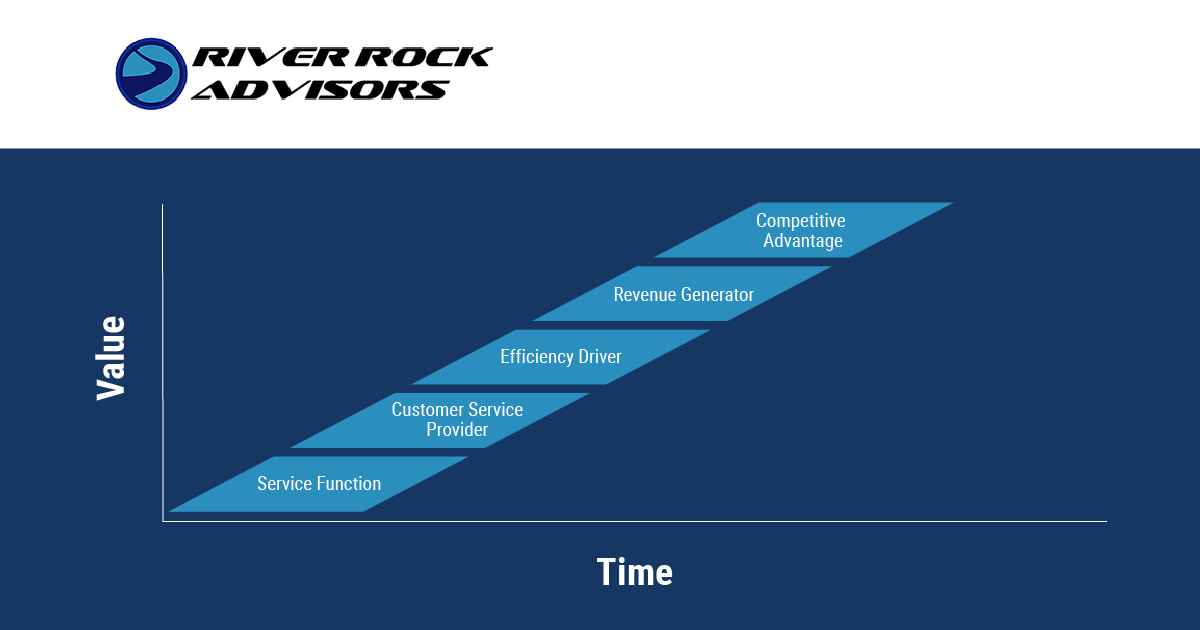Welcome to Our New SIOP Maturity Series
Sales, inventory, and operations planning (SIOP) is a critical function in organizations worldwide, and while it certainly has helped those businesses streamline their processes and achieve better levels of performance, there is a persistent shortcoming that we feel must be addressed. Throughout this series, we’ll explore this in depth and provide considerations for you and your team as you also look to improve performance. Our first post introduces an alternative SIOP maturity model and what it aims to achieve.
The Challenge with Traditional SIOP Maturity Models
As a supply chain professional, you’re already well aware of SIOP and its importance for evaluating and enhancing those functions within your organization. You also likely have experience in measuring the overall effectiveness of those processes via SIOP maturity models.
There are a number of models commonly used worldwide, including those developed by Gartner, McKinsey, APICS, AMR Research, and others. In general, these models evaluate SIOP practices along various criteria and stages. These often start at levels described as “basic,” “reactive,” “none,” and similar terminology. As organizations mature with SIOP processes, higher levels are typically categorized as “advanced,” “proactive,” “event driven,” etc. Any effort to grow in SIOP maturity is worthwhile, but there’s an issue prevalent in many of these models:
Most maturity models are based on what the SIOP team is doing rather than the outcome derived from the maturity stage.
Why This is a Problem
At River Rock Advisors, our team has significant experience in the integrated End-to-End Planning (E2E) and Sales & Operations Planning (S&OP) space. However, we have always been confounded by the fact that, again, most maturity models are based on what is being done rather than what is being accomplished. For example:
- Is the SIOP model working cross-functionally internally or cross-company externally?
- Have we worked to enhance processes, or have processes actually been enhanced?
- Are boxes just being checked, or do we know that value actually exists?
Comparing Traditional Models with an Outcome-Based Model
Below is a table comparing the measures of SIOP maturity between traditional models and an outcome-based model (many thanks to our colleague Steven Faber). In this comparison, SIOP maturity is evaluated based on what is accomplished — the outcome — and how the company uses the SIOP function, rather than what the function attempts to do.
| Stage | Traditional Model “A” | Traditional Model “B” | Outcomes-Based Model |
| 1 | No shared goals | No S&OP Process | A service function |
| 2 | Create Volume Plan | Reactive | Customer Service Provider |
| 3 | Balance Supply and Demand | Standard | Efficiency Driver |
| 4 | Create a demand-driven supply response | Advanced | Revenue Generator |
| 5 | Coordinated inside and outside network making | Event Driven | Competitive Advantage |
A key benefit of the outcomes-based maturity model is that it changes up team member mindsets and the focus of SIOP itself. With traditional models, the focus is on tasks that the team is executing. With this new model, the focus changes to what is actually being accomplished — as well as what should be accomplished next.
This is key to making SIOP processes stick and enabling progression through each stage. Without this focus, interest in moving to the next stage of maturity as well as the focus of executive management can fall off in favor of the next “flavor of the month.” Additionally, while it’s easier to verify stage by activities completed in a traditional model, it becomes harder and harder to apply metrics on value derived in the company in later stages.
But perhaps best of all is that an outcomes-based model becomes the start of a value creation plan. By taking a different approach to SIOP maturity modeling, your organization simultaneously develops new and better ways to experience value internally as well as create and share that value with customers, suppliers, and other external partners.
There’s More to Come on the Outcomes-Based SIOP Maturity Model
Here, we’ve shared a high-level introduction of this new maturity model for you and your team to consider. Make sure you check back often — we’ll be sharing even more about key metrics, stage-specific information and risks, tips to understand where your business is at with its maturity level, and much more.
Connect with us to learn more and to discuss your SIOP processes with our team.




















